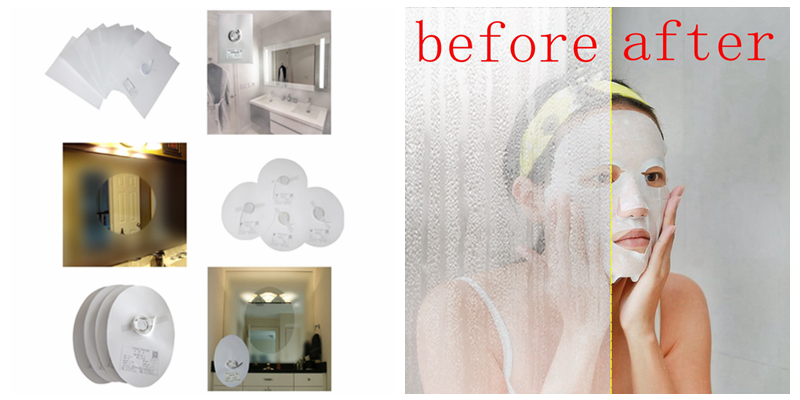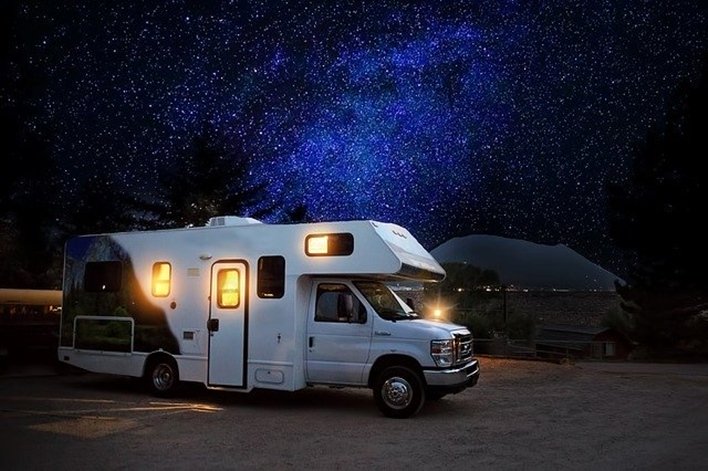What is Difference Between LED Rope Lighting and Strip Lighting?
Rope lights are a string of lights encased in a cylindrical tube. The tube’s material can be epoxy, plastic, or another type as long as it’s clear and can withstand the heat.
Nevertheless, rope lights don’t produce enough heat and light. This is why its applications are for decorations most times. You can cut rope lights, but it has to be at its cut point.
The cut point is different for every model. Some manufacturers place a cut point every 18 to 24″ while some may place it every 36″.

What are LED Strip Lights?
As the name suggests, this lighting fixture is a flat piece of material with LED lights mounted on the surface. The strip is a circuit board, and it usually comes with an adhesive on the backside.
It’s flexible enough for use in different applications, and it’s easy to cut with a pair of scissors, as well. You can also cut it at any length, but make sure to cut between the copper dots at the end of each LED.
Rope Lighting vs Strip Lighting
Now that you have a general idea of what a LED rope light and strip light are, let’s discuss their differences. As they have different capacities even though they look almost the same, the guide below will help you determine which is the right one for your project.
Light Source
Rope lights use LED bulbs most of the time because it’s more efficient. They sometimes use incandescent bulbs, as well. The power input is either at 120/220vAC or 12/24vDC.
Strip lights can come in various LED chip configurations. Some examples are 3528, 5050, 3014, and so on. These numbers refer to the size of the chip in millimeters (e.g. 3528 is 3.5mm x 2.8mm).
Brightness
As we’ve said above, rope lights don’t shine bright enough for use in accent lighting, display lighting, or any application where you’ll need a high amount of brightness. Still, the brightness should be enough if you’re planning to use them for decorative purposes, such as for creating the mood for Halloween and Christmas.
The brightness of the strip lights depends on the LED chip configuration. 5050, for example, has brighter chips than 3528. If you use the latter in a higher quantity that’s comparable to the 5050, however, it can shine brighter.
The 3020 and 3014 can be brighter than both, though. In summary, the brightness of strip lights can vary from low level to high level.
Size
Rope lights are small enough for use in small spaces, but they can be thick if you compare it to a strip light. The diameter of the tubes, in general, measure 1/2″ or 3/4″. Because of this, they can be rather prominent wherever you place them.
Strip lights, even with the mounted LED bulbs, are usually only 1/16″ thick and 3/8″ wide. They are much smaller than rope lights in comparison, which makes them perfect for tight spaces.
Bend Angle
You can’t bend rope lights too much at risk of messing up the internal wiring. On the other hand, you can bend strip lights 90 degrees. This allows you to place them in curved surfaces and on 90-degree corners.
Remember to bend them at a cut line – those 2 copper dots we mentioned earlier. They are rather flexible, as you can even twist or loop them.
Run Length
Both types of lights have a maximum length before they experience a voltage drop. This allows them to operate as normal without the risk of failure or dimming due to an inadequate amount of energy. We refer to it as the “max run.”
With a single power source, both LED rope and strip lights has a max run of 16 ft. with 12V. An incandescent rope light has a max run of 16 ft. as well. For 24V, strip lights can go up to 16 ft. while the others don’t have a specified length.
With 120V, incandescent and LED rope lighting can only go up to 150 ft., while strip lighting doesn’t have a specified amount. With that said, if you need longer lights, you need an additional power source.
Installation
Rope lights require mounting strips, which can make the product thicker, so you can secure them to the surface. Strip lights usually have an adhesive backing; you’ll only need to stick it to the surface and it will stay there for a long time.
Effects
Do you like your lights to change colors? Strip lights have that ability while rope lights aren’t capable of changing colors. Both are dimmable, though, and both have strobe effects. Strip lights can’t have a chasing or twinkling effect, though, both of which a rope light can do.
Indoors or Outdoors
If you plan to use them outside, you can choose whichever because both can also work outdoors. Note, however, that you can’t submerge them in water; they can only tolerate a little moisture. Sun exposure is a factor, as well.
With that said, many people prefer rope lights for outdoors, such as around the trees or around the door. You can usually find strip lights indoors, such as in cabinet shelves or on the walls.
Which One is the Right Type for Your Project?
Now that you know their differences, you should be able to decide which of the 2 would be great for your project. Whichever you choose, keep in mind that you have to choose high-quality ones. Visit our website now to see our vast collection of high-quality lighting.
-
 How to Install Heat Pad on Mirror?
How to Install Heat Pad on Mirror?Do you like ?0
Read more -
 Why LED Lights are Perfect for RVs & Boats?
Why LED Lights are Perfect for RVs & Boats?Do you like ?0
Read more -
 How Good Anti-fog Film for Mirror!
How Good Anti-fog Film for Mirror!Do you like ?0
Read more -
 How do you choose which lights to buy for your RV’s interior?
How do you choose which lights to buy for your RV’s interior?Do you like ?0
Read more -
 What Are the Most Common Interior Lights Used by RV Manufacturers?
What Are the Most Common Interior Lights Used by RV Manufacturers?Do you like ?0
Read more -
 Do You Know The Great Uses for Puck Lights?
Do You Know The Great Uses for Puck Lights?Do you like ?0
Read more






